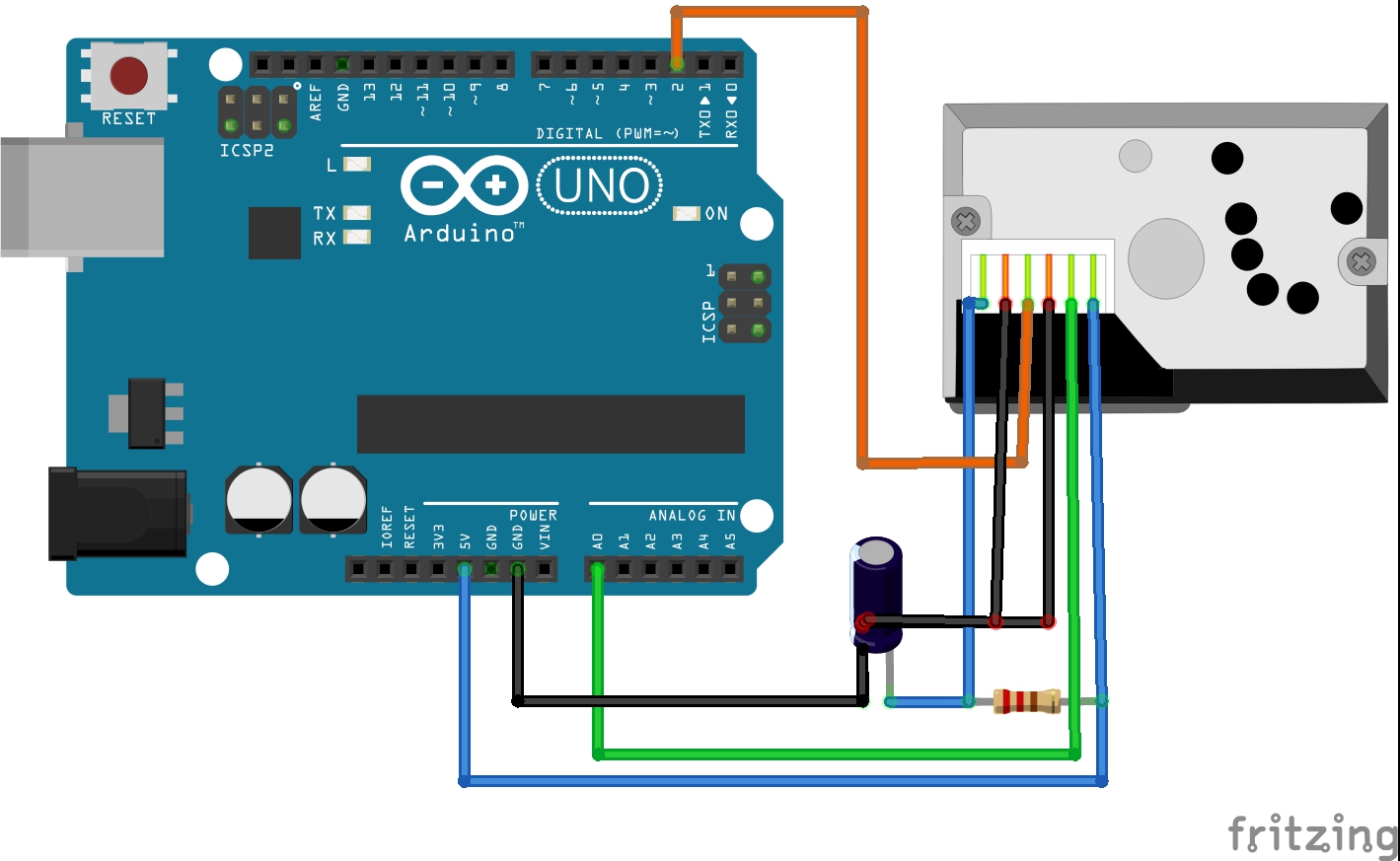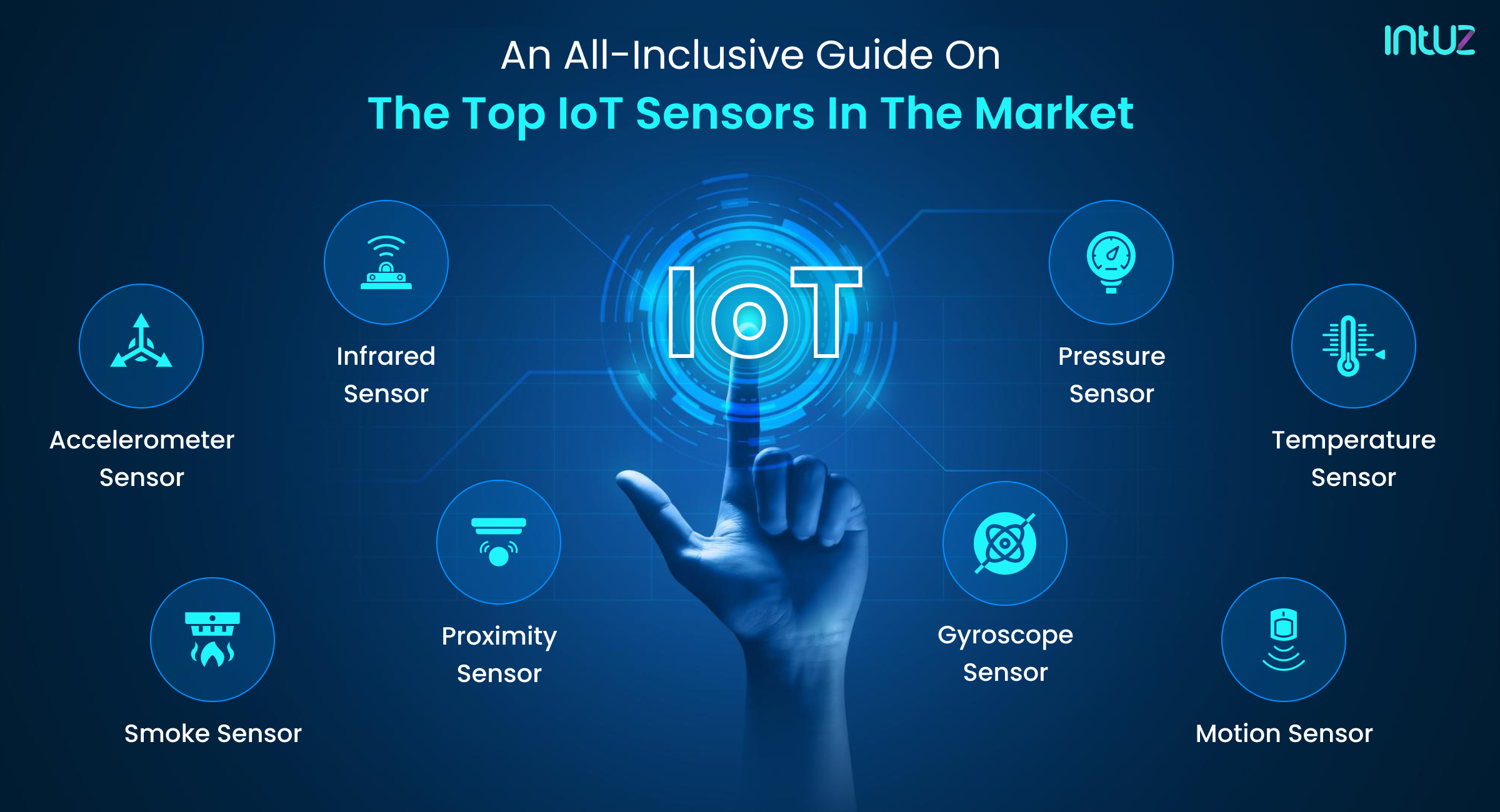How to Read Data from a BME280 Sensor?
Are you looking to gather data from a BME280 sensor but unsure where to start? Don’t worry, we’ve got you covered! In this article, we’ll walk you through the process of reading data from a BME280 sensor. Whether you’re a beginner or an experienced hobbyist, this guide will help you understand the basics and get you on your way to collecting valuable data from the sensor.
What is a BME280 Sensor?
The BME280 sensor is a versatile environmental sensor that measures temperature, humidity, and pressure. It is commonly used in weather stations, indoor air quality monitoring devices, and IoT projects. With its high accuracy and small size, the BME280 sensor is perfect for a wide range of applications.
Reading Data from the BME280 Sensor
Reading data from a BME280 sensor involves connecting the sensor to a microcontroller, such as an Arduino, Raspberry Pi, or ESP32, and using a library to communicate with the sensor. Here’s a step-by-step guide to help you get started:
- Connect the BME280 sensor to your microcontroller following the pinout diagram.
- Download and install the BME280 sensor library for your microcontroller.
- Load the example code provided with the library onto your microcontroller.
- Run the code and open the serial monitor to view the sensor data.
Interpreting the Sensor Data
Once you’ve successfully read data from the BME280 sensor, you’ll need to interpret the sensor data to make sense of it. Here’s what each sensor reading represents:
- Temperature: The temperature reading is in degrees Celsius or Fahrenheit, depending on your preference.
- Humidity: The humidity reading is a percentage that indicates the amount of water vapor in the air.
- Pressure: The pressure reading is in hPa or Pa and represents the atmospheric pressure at your location.
Using the Sensor Data
Once you have collected and interpreted the sensor data, you can use it for a variety of applications. For example, you can build a weather station that displays real-time weather data, create a smart home system that adjusts the temperature and humidity levels, or monitor the air quality in your indoor environment. The possibilities are endless!
So, there you have it – a beginner’s guide to reading data from a BME280 sensor. We hope this article has helped you understand the basics of working with a BME280 sensor and inspired you to explore new projects using this versatile sensor. Happy tinkering!
How to Read Data from a BME280 Sensor?
Are you looking to gather data from a BME280 sensor but unsure where to start? Don’t worry, we’ve got you covered! In this article, we’ll walk you through the process of reading data from a BME280 sensor. Whether you’re a beginner or an experienced hobbyist, this guide will help you understand the basics and get you on your way to collecting valuable data from the sensor.
What is a BME280 Sensor?
The BME280 sensor is a versatile environmental sensor that measures temperature, humidity, and pressure. It is commonly used in weather stations, indoor air quality monitoring devices, and IoT projects. With its high accuracy and small size, the BME280 sensor is perfect for a wide range of applications.
Reading Data from the BME280 Sensor
Reading data from a BME280 sensor involves connecting the sensor to a microcontroller, such as an Arduino, Raspberry Pi, or ESP32, and using a library to communicate with the sensor. Here’s a step-by-step guide to help you get started:
- Connect the BME280 sensor to your microcontroller following the pinout diagram.
- Download and install the BME280 sensor library for your microcontroller.
- Load the example code provided with the library onto your microcontroller.
- Run the code and open the serial monitor to view the sensor data.
Interpreting the Sensor Data
Once you’ve successfully read data from the BME280 sensor, you’ll need to interpret the sensor data to make sense of it. Here’s what each sensor reading represents:
- Temperature: The temperature reading is in degrees Celsius or Fahrenheit, depending on your preference.
- Humidity: The humidity reading is a percentage that indicates the amount of water vapor in the air.
- Pressure: The pressure reading is in hPa or Pa and represents the atmospheric pressure at your location.
Using the Sensor Data
Once you have collected and interpreted the sensor data, you can use it for a variety of applications. For example, you can build a weather station that displays real-time weather data, create a smart home system that adjusts the temperature and humidity levels, or monitor the air quality in your indoor environment. The possibilities are endless!
So, there you have it – a beginner’s guide to reading data from a BME280 sensor. We hope this article has helped you understand the basics of working with a BME280 sensor and inspired you to explore new projects using this versatile sensor. Happy tinkering!



